At Field Day 2008 our primary Phone station used a 135 foot ladder fed dipole as the primary antenna. The ladder line is home brew with wood spacers putting the parallel 14AWG wire about 5 inches apart.
For years I have used a home brew fully balanced matcher of a design found on the Internet. However, the results have been less than what I would expect.
A club member mentioned he had available a big Johnson Match Box. I said please bring it. Here it is on our operating table with the antenna feed connected.
I found the unit tuned up my antenna marvelously well and provided, what we felt, the best performance out of this dipole. The tuning was smooth, crisp and easy. A few operators bemoaned the idea of not being able to push a button for auto tune, but, come on, this just isn’t that hard. Set the band and twiddle two controls till the Icom-746pro is happy and puts out full power. It just worked.
The sunspot cycle is showing signs of rise as we have several openings on 15, 10 and 6 meters this year. This antenna worked very well on 10 meters. I realize it has highly directional lobes on the higher bands, but it kept us busy. As simple as this antenna system is, it worked. The middle of the dipole was up a good 48 feet by the way.
The Johnson Match Box is a link coupled matcher. Go to Cebik’s site for the excellent full explanation of link coupled tuners. I was so impressed with the link coupled approach I purchased a couple of units from Ebay: one homebrew model more like the Annecke approach and a low power version of the Johnson Match Box.

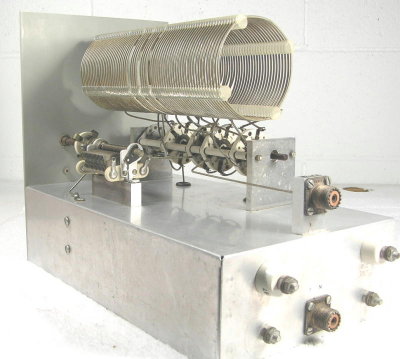
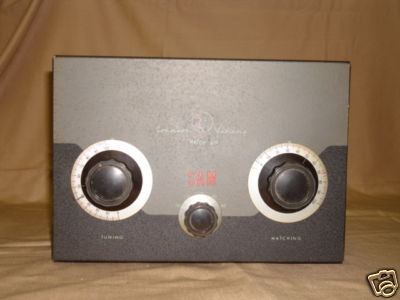
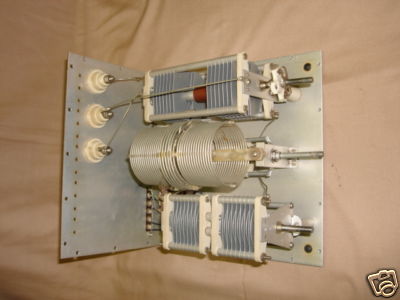
The home brew adds the series adjustable capacitor in the input circuit just like Annecke.
The Johnson has a much more pronounced input link coil.
If these units work as efficiently as the link coupled example during Field Day 2008, I will be happy. Both of my new units are lower power than the Field Day example, however, the topology is the same.
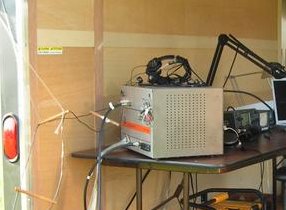
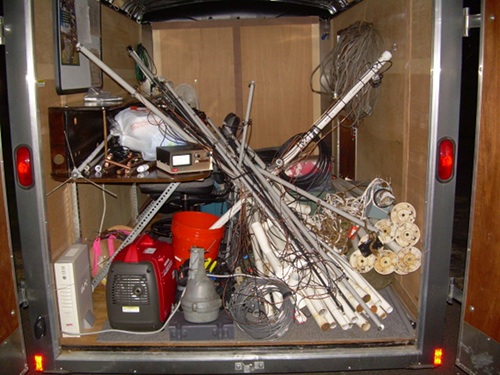
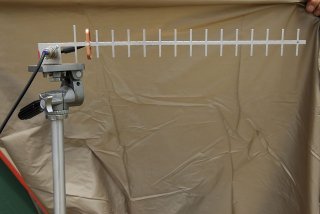
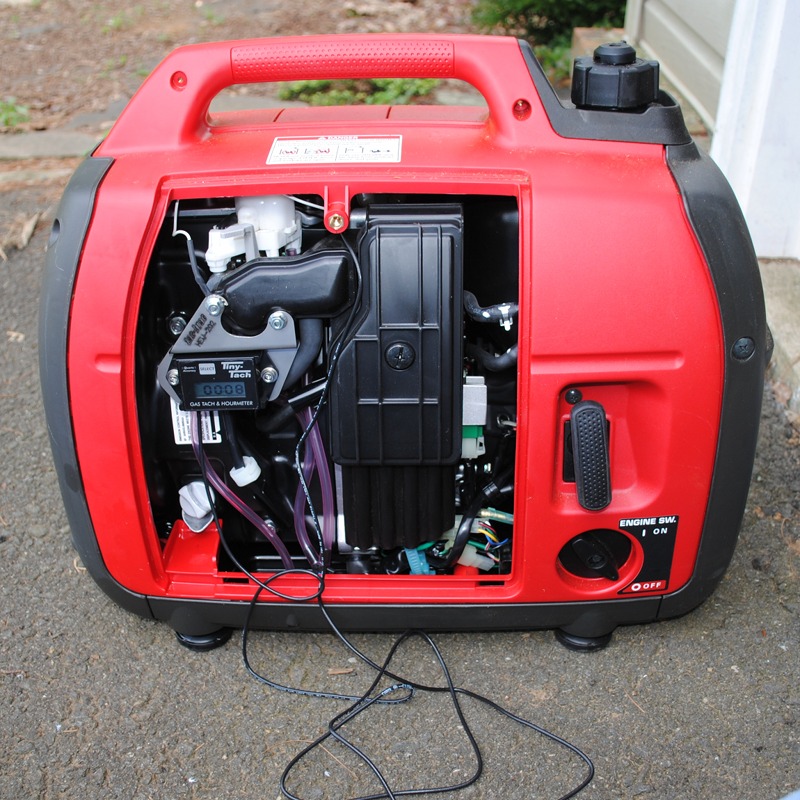
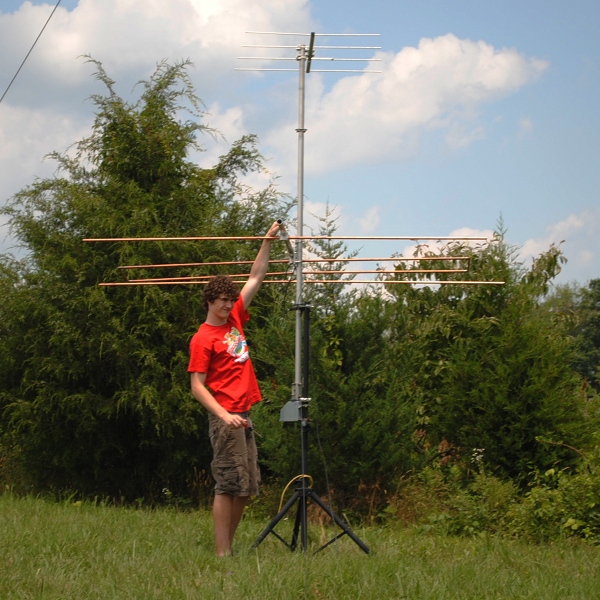
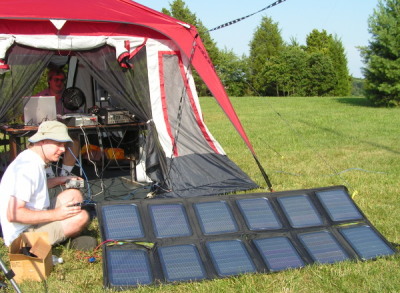

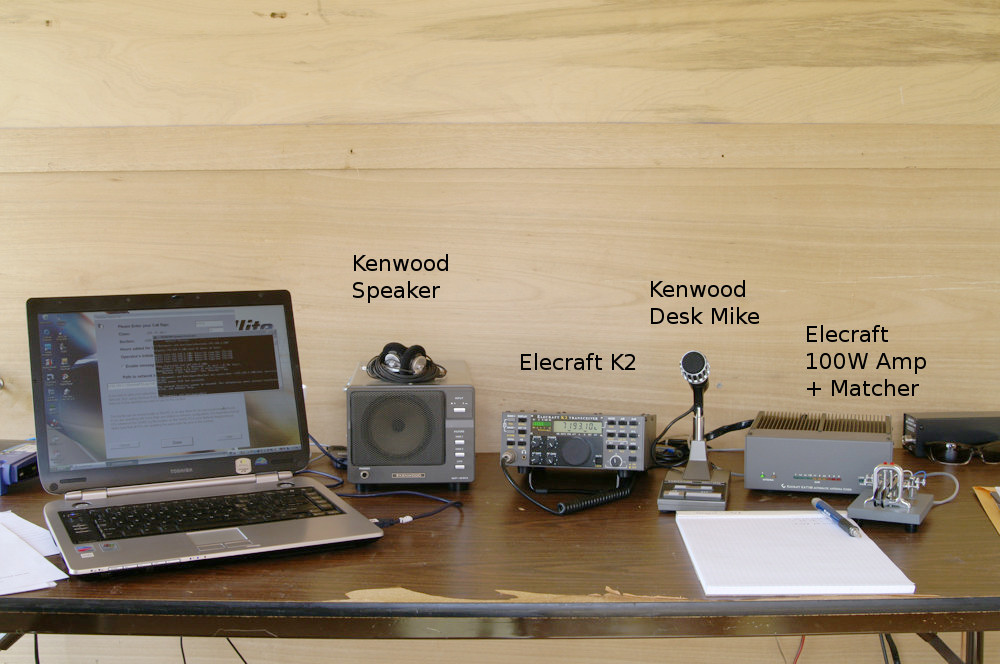
oooooooooo yesssssss!!!!!